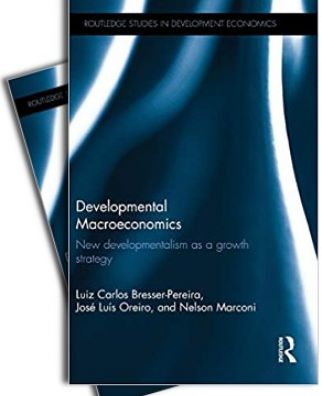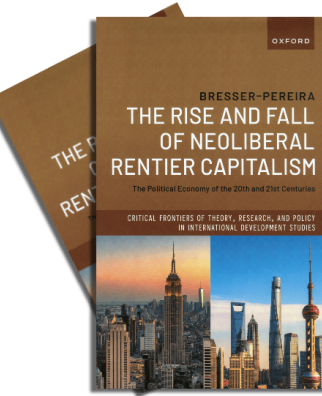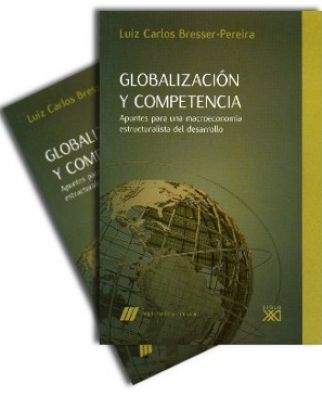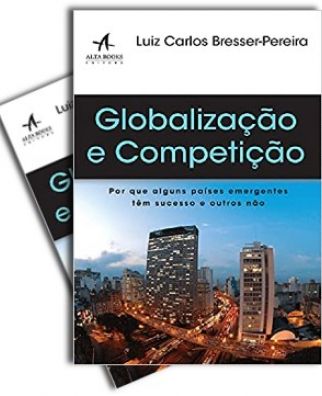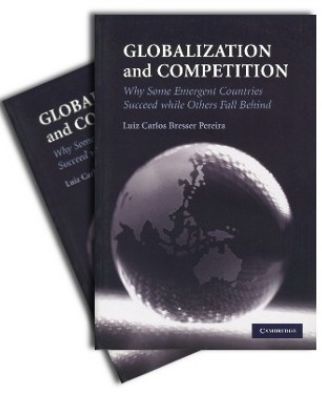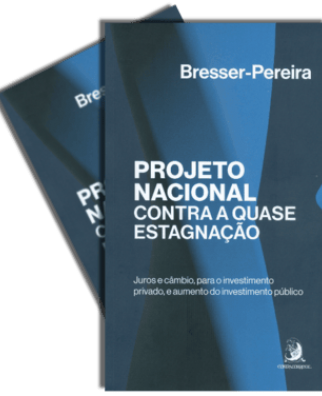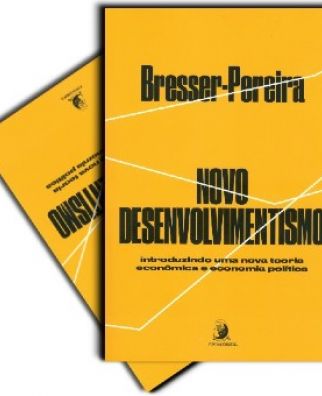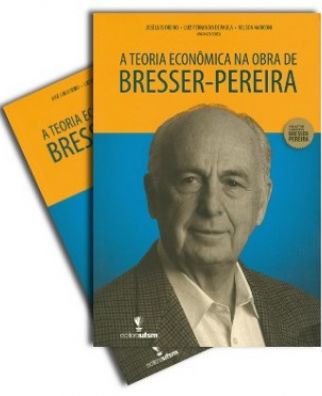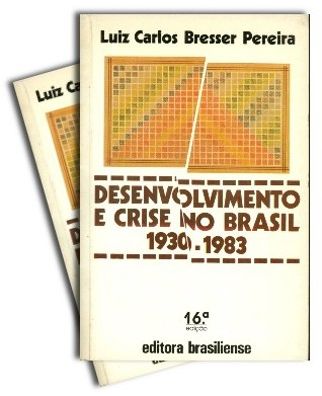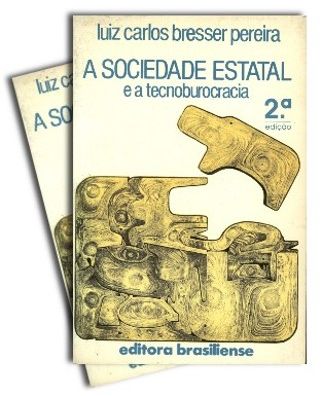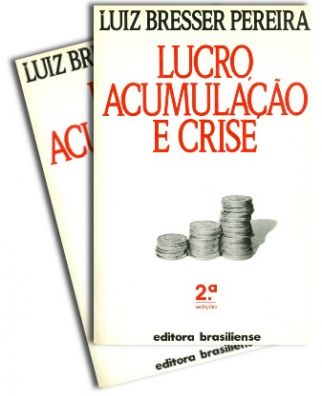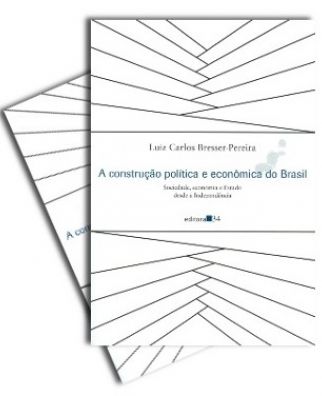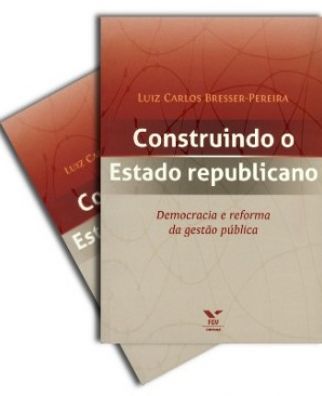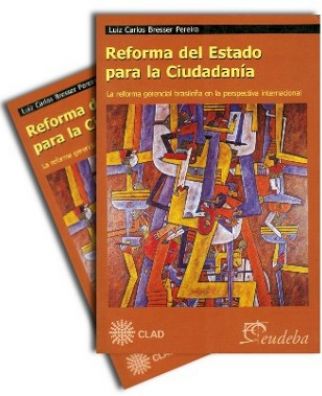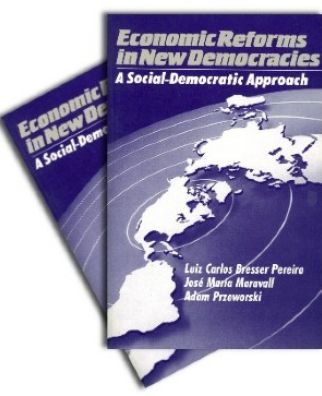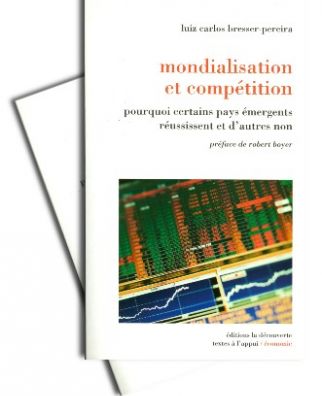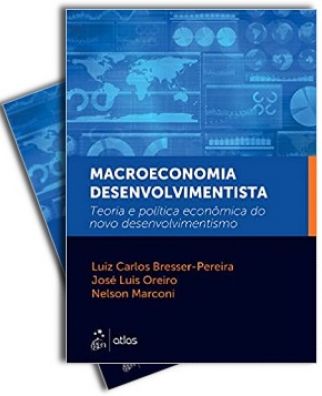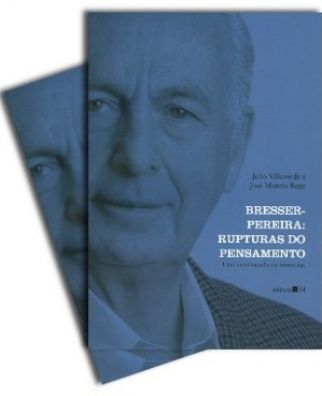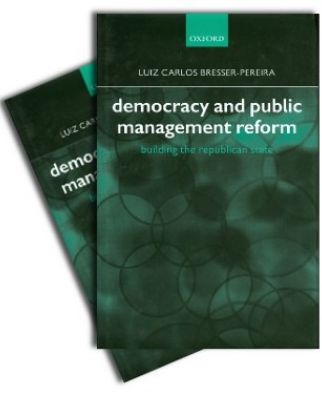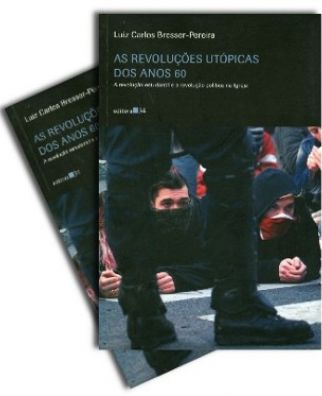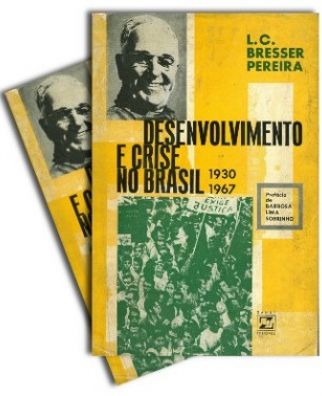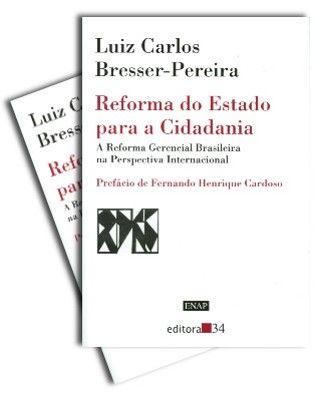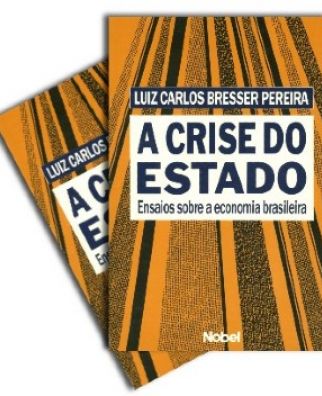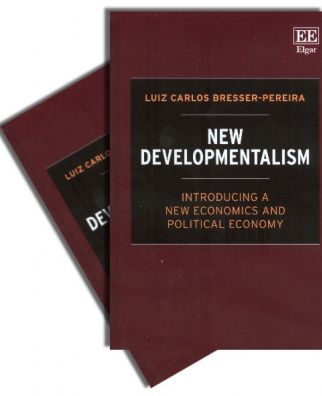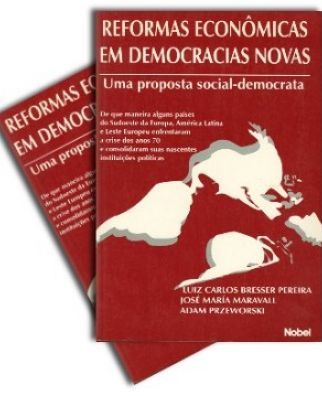2009. The history of the discovery of inertial inflation. The role played by the São Paulo (FGV) and the Rio (PUC) groups. (Paper: Revista de Economia Contemporânea)
ECONOMICS
ECONOMICS - ALL TEXTS
2008. Neoclassical economists use the hipothetical deductive method, but an empirical-deductive method, particularly the new historical facts approach, is a a more advisable aternative. (Paper: Journal of Post Keynesian Economics). Portuguese version available.
2009. Neoclassical economists use the hipothetical deductive method, but an empirical-deductive method, particularly the new historical facts approach, is a a more advisable aternative. (Paper: Revista de Economia Política). English version available.
2008. In developing countries there is the tendency to the overvaluation of the exchange rate. If countries do not neutralize it, they will experiment slow growth, and catching up will not happen. (Chapter 4 of book to be published, Globalization and Competition). Spanish version and Portuguese version available.
2008. A country suffering from the Dutch disease has two "equilibrium" exchange rates: the "current equilibrium" that is inconsistent with economic growth, and the"industrial equilibrium" that will be achieved if the country is able to neutralize the disease. (Paper in edited book) English version published in Brazilian Journal of Political Economy)
2008. The Dutch disease or natural resources curse is a major market failure to the extent that appreciates the exchange rate and makes not profitable industries using technology in the state of the art. English version available.
2008. A country suffering from the Dutch disease has two "equilibrium" exchange rates: the "current equilibrium" that is inconsistent with economic growth, and the"industrial equilibrium" that will be achieved if the country is able to neutralize the disease. (Paper: Brazilian Journal of Political Economy)
2007. With Paulo Gala In João Sicsú e Carlos Vidotto, orgs. (2008) Economia do Desenvolvimento. Teoria e Políticas Keynesianas. Rio de Janeiro: Campus: 79-96.
2007. With Paulo Gala. A formalization of the critique of the strategy of growth with foreign savings: the consequent exchange rate appreciation increases artificially wages and causes the substitution of domestic with foreign savings. English version available.(Paper: Revista de Economia Política)
2007. With Paulo Gala. A formalization of the critique of the strategy of growth with foreign savings: the consequent exchange rate appreciation increases artificially wages and causes the substitution of domestic with foreign savings. Portuguese and Spanish versions available.(Paper to be published in book)
2006. Economic development defined using a historical method instead of a normative, or a hypothetic-deductive one. (Texto para Discussão 157 EESP/FGV)
2006. The exchange rate determines not only exports and imports, but also real wages, consumption and the savings rate. (Preface to book edited by Mathias Vernengo)
2005. Tony Lawson is making an important contribution to economic methodology with his ontological approach, and also because he sees that mainstream economics is essentially characterized by the method it uses - a mathematical-deductive method. (Comments to Tony Lawson's paper, "The nature of heterodox economics" just published here).
2003. The ambition of developing a unique and comprehensive economic theory is vain and dangerous. This is the project of Neoclassical Economics - a hypothetic-deductive theory. (Note just published in this website, 14 pages)
2002. With Yoshiaki Nakano. Developing countries' poor performance in the 1990s is related to the Washington strategy of growth with foreign savings. Portuguese version available.(Paper presented to International Post Keynesian Workshop).
2003. With Yoshiaki Nakano. Developing countries poor performance in the 1990s is related to the Washington strategy of growth with foreign savings and open capital accounts. English version available.(Paper Revista de Economia Política)*
2003. In last years the fact that neoclassical macroeconomics is not used by central banks became evident. (Preface to the book edited by Gilberto Tadeu Lima and João Sicsú)
2003. A second variable, besides self-interest, is turning increasingly relevant: policymakers' incompetence. English version available. (Revista Brasileira de Economia). *
Luiz Carlos Bresser-Pereira e Yoshiaki Nakano (2002). Resposta à carta de Edmar Bacha, também publicada neste site, comentando o artigo "Uma estratégia de crescimento com estabilidade".
2001. Besides self-interests a second variable is turning increasingly relevant: policymakers' technical and emotional incompetence. Portuguese version available. (Journal of Post Keynesian Economics, Spring 2001). *

